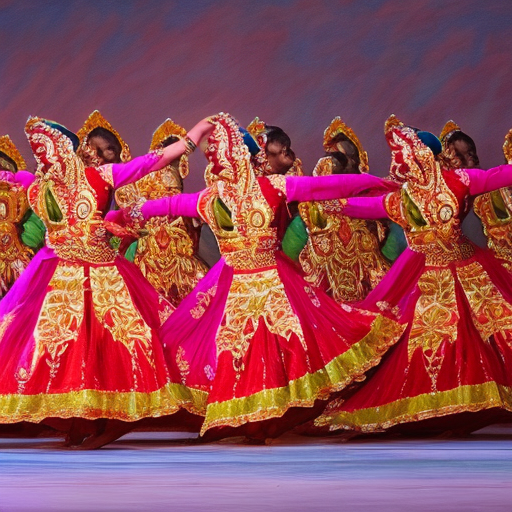Sattriya: A Classical Dance Form of Assam
Sattriya is a classical dance form that originated in the northeastern state of Assam, India. It is one of the eight recognized classical dance forms in India, and it holds a significant place in the cultural heritage of Assam. Sattriya is deeply rooted in the Vaishnavite tradition of Assam and is closely associated with the Sattras, the monastic institutions established by the saint-reformer Srimanta Sankardeva in the 15th century.
History and Origins
Sattriya dance finds its origins in the religious and cultural practices of the Sattras. Srimanta Sankardeva, the founder of the Ekasarana Dharma (a monotheistic form of Hinduism), introduced Sattriya as a medium of worship and communication. He believed that dance could be a powerful tool to convey spiritual messages and to connect with the divine.
The dance form was initially performed exclusively by male monks known as Bhokots, who dedicated their lives to the Sattras. However, in recent times, Sattriya has become more inclusive, and both male and female dancers perform it.
Technique and Style
Sattriya is characterized by its graceful movements, intricate footwork, and expressive gestures. The dance form incorporates elements of both classical and folk traditions, making it unique and versatile. The repertoire of Sattriya includes a wide range of themes, including mythological stories, episodes from the life of Lord Krishna, and devotional compositions known as Borgeets.
The dance is performed to the accompaniment of traditional musical instruments such as the khol (a drum), taal (cymbals), and flute. The dancers often wear traditional attire, including a dhoti (a wraparound garment) for men and a mekhela chador (a two-piece garment) for women. The costumes are vibrant and colorful, adding to the visual appeal of the performance.
Recognition and Revival
For many years, Sattriya remained confined to the Sattras and was not widely known outside of Assam. However, in the mid-20th century, efforts were made to revive and popularize the dance form. In 2000, Sattriya was officially recognized as a classical dance form by the Sangeet Natak Akademi, the national academy for music, dance, and drama in India.
Since then, Sattriya has gained national and international recognition. It has been performed at prestigious dance festivals and cultural events across the globe. The dance form has also been incorporated into the curriculum of various dance institutions and universities, ensuring its preservation and transmission to future generations.
Impact and Significance
Sattriya plays a crucial role in preserving and promoting the cultural heritage of Assam. It serves as a medium to showcase the rich traditions, mythology, and spirituality of the region. The dance form has also become a source of pride and identity for the people of Assam.
Sattriya has not only gained popularity within India but has also attracted international acclaim. Its inclusion as a classical dance form has helped in raising awareness about the cultural diversity of India and has contributed to the global recognition of Indian performing arts.
Conclusion
Sattriya is a classical dance form that holds immense cultural and religious significance in Assam. It combines elements of devotion, storytelling, and artistic expression, making it a unique and captivating art form. Through its graceful movements and expressive gestures, Sattriya continues to enchant audiences and preserve the rich cultural heritage of Assam.












